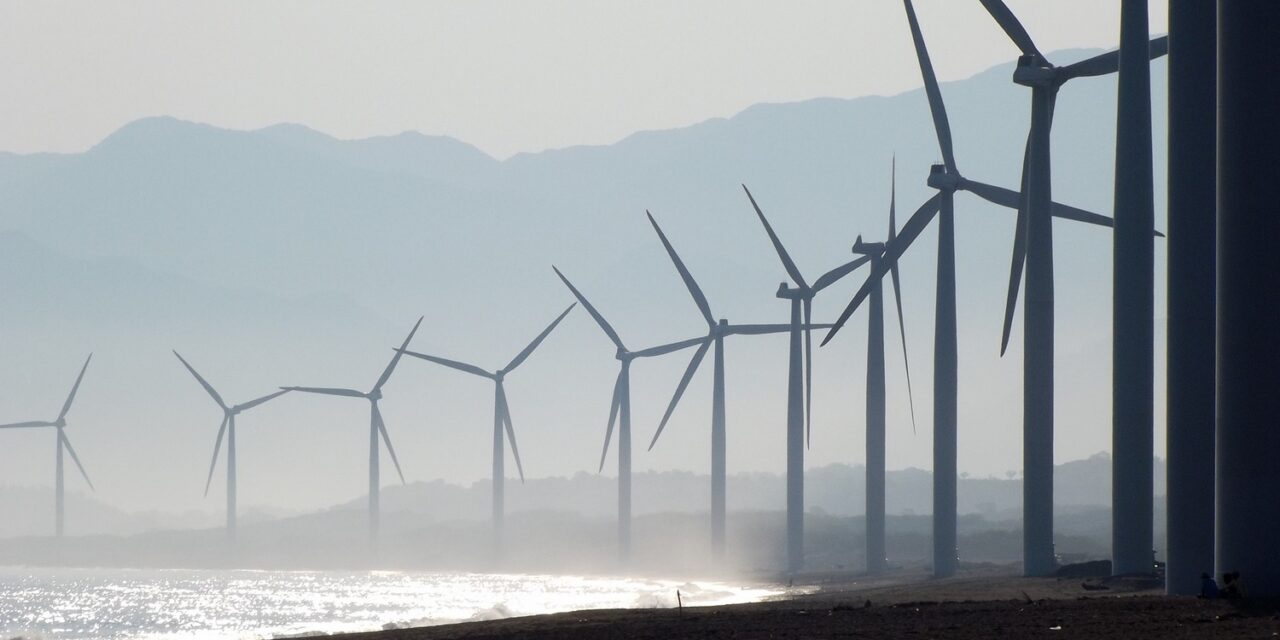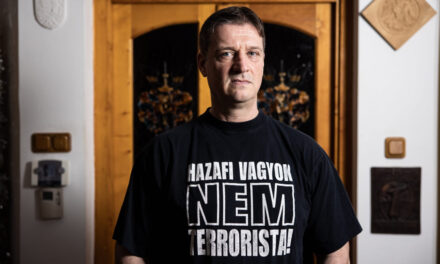A few months after the Russo-Ukraine war broke out, five European leaders and the EU Commission signed a declaration that aims to turn the North Sea into the "green powerhouse of Europe", a renewable sea linking Belgium, Denmark, Germany and the Netherlands. be transformed into an energy system. The coalition - which has since been joined by France, Ireland, Luxembourg, as well as non-EU Norway and the United Kingdom - seeks to build a giant, interconnected offshore wind farm system capable of powering 200 million families by 2050, ten times the current capacity capable of generating more than 300 gigawatts (GW) of electricity.
With little inland space but extensive coastlines (the UK coastline alone is 17,820 km long), offshore wind farms are set to make a big breakthrough. However, despite growing demand for clean energy and political enthusiasm
on the North Sea coast, offshore wind projects are being canceled or delayed due to rising costs.
Investments in new offshore wind farms have fallen by 40 percent in 2022, to the lowest level since 2009. No commercial marine projects have been given the final green light in 2022.
There are signs that a recovery is expected in 2023, but also that the recovery is still on shaky legs. Sweden's Vattenfall, a clean energy developer, recently shocked the market by withdrawing from the UK's planned Norfolk Boreas offshore wind farm project, citing difficulties in sourcing parts from China and general inflation, which caused costs to rise by 40 percent in a single year. expenditures.
Supply problems and general inflation are likely to be temporary problems. But industry leaders are clear about the worsening business situation and warn of long-term difficulties.
"Offshore wind is in a perfect storm," Vattenfall senior vice president Heleen Biström said in June when presenting interim financial results. "We continue to believe that offshore wind is essential to the [clean energy] transition, but the challenge of profitability is a structural issue."
But it is not only external shocks that undermine offshore wind power, but also faulty local politics.
For example, many of the countries that want to turn the North Sea into a green powerhouse want to do so by paying as little as possible. Investments in turbine and cable factories, labour, port infrastructure and new grid connections are lagging, and
the available EU state support systems mainly consist of the reallocation of existing funds.
The EU legislation, called Net Zero Industry Act, outlines the EU's efforts to realize 40 percent domestic production of clean technologies by 2030, but it is estimated that 80 percent of the €92 billion cost will have to be covered by private investors - something the Brussels think tank Bruegel recently called " not "convincing".
Source: euobserver.com
Photo: Pixabay













